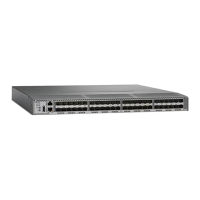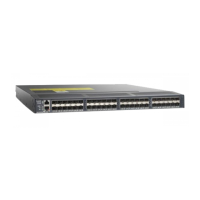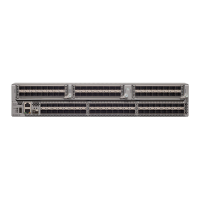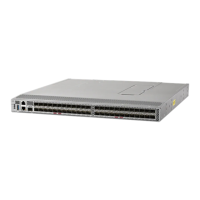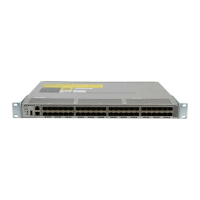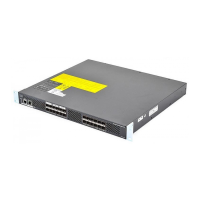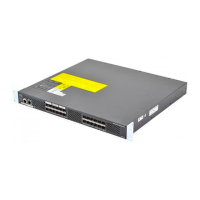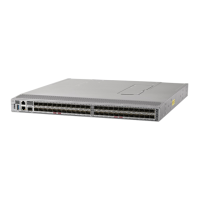Send documentation comments to mdsfeedback-doc@cisco.com
1-41
Cisco MDS 9000 Family Command Reference
OL-8413-07, Cisco MDS SAN-OS Release 3.x
Chapter 1 CLI Overview
Using Debug Commands
Using Debug Commands
Caution Because debugging output is assigned high priority in the CPU process, it can render the system
unusable. For this reason, use debug commands only to troubleshoot specific problems or during
troubleshooting sessions with Cisco technical support staff. Moreover, it is best to use debug commands
during periods of lower network traffic and fewer users. Debugging during these periods decreases the
likelihood that increased debug command processing overhead will affect system use.
All debug commands are entered in privileged EXEC mode, and most debug commands take no
arguments. Use the show debugging command to display the state of each debugging option.
To list and see a brief description of all the debugging command options, enter the command debug ? at
the command line in privileged EXEC mode. For example:
switch# debug ?
Not all debugging commands listed in the debug ? output are described in this document. Commands
are included here based on their usefulness in assisting you to diagnose network problems. Commands
not included are typically used internally by Cisco engineers during the development process and are not
intended for use outside the Cisco environment.
To enable all system diagnostics, enter the debug all command at the command line in privileged EXEC
mode. For example:
switch# debug all
To turn off all diagnostic output, enter the no debug all command at the command line in privileged
EXEC mode. For example:
switch# no debug all
Keepalive timeout Integer that specifies the TCP connection’s keepalive
timeout in seconds.
60 1 to 7200
TCP retransmissions Integer that specifies the maximum number of TCP
transmissions.
61 to 8
PMTU Integer that specifies the path MTU reset time in
seconds
90 60 to 3600
TCP buffer size Integer that specifies the advertised TCP buffer size in
KB.
5000 0 to 8192
Traffic burst size Integer that specifies the maximum burst size in KB. 30 10 to 100
Peer TCP port Integer that specifies the TCP port number 3000 0 to 65535
Acceptable time
difference
Integer that specifies the acceptable time difference in
milliseconds for a packet being accepted.
4000 1 to 60,000
iSCSI pWWN
allocation
Integer that specifies the number of pWWNs that
must be allocated to an iSCSI initiator.
21 to 64
CDP refresh and
hold time
Integer that specifies the refresh time interval and the
hold time in seconds for the CDP protocol.
60 5 to 255
Table 1-7 Valid Formats and Ranges (continued)
Address Description Valid Format Example Range
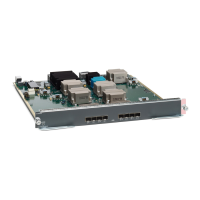
